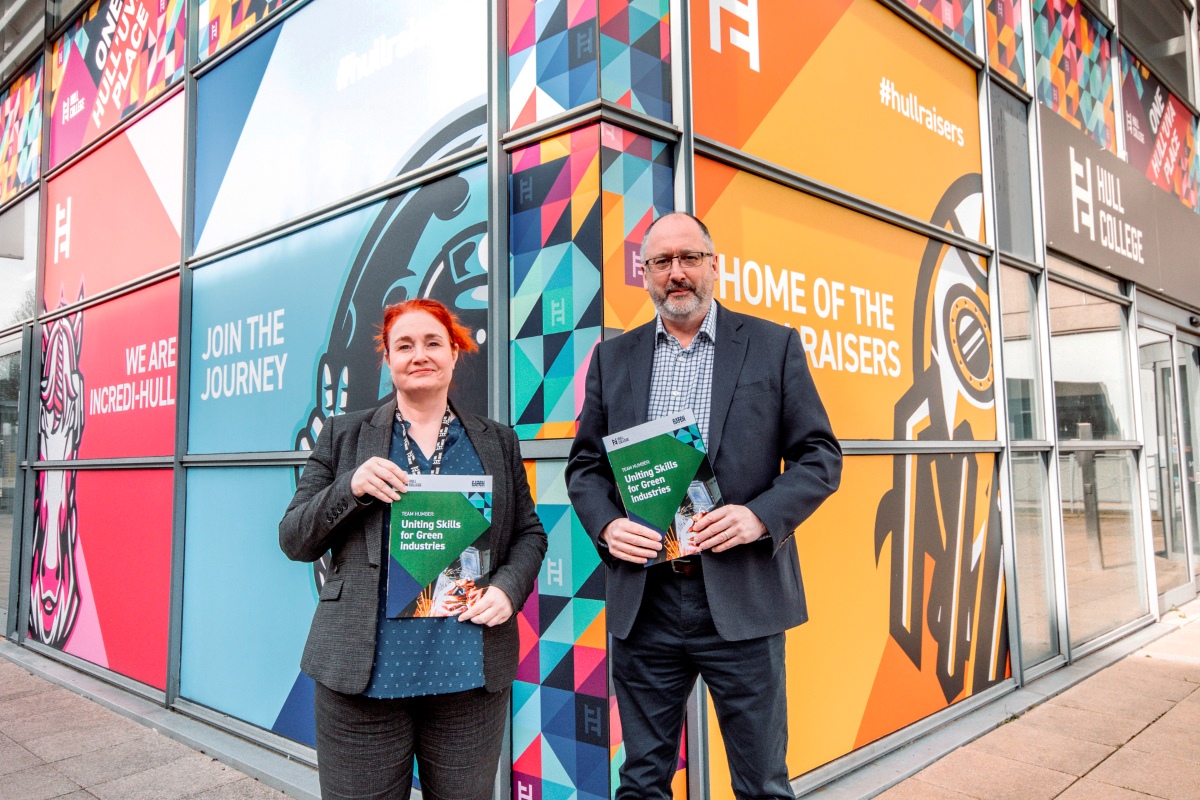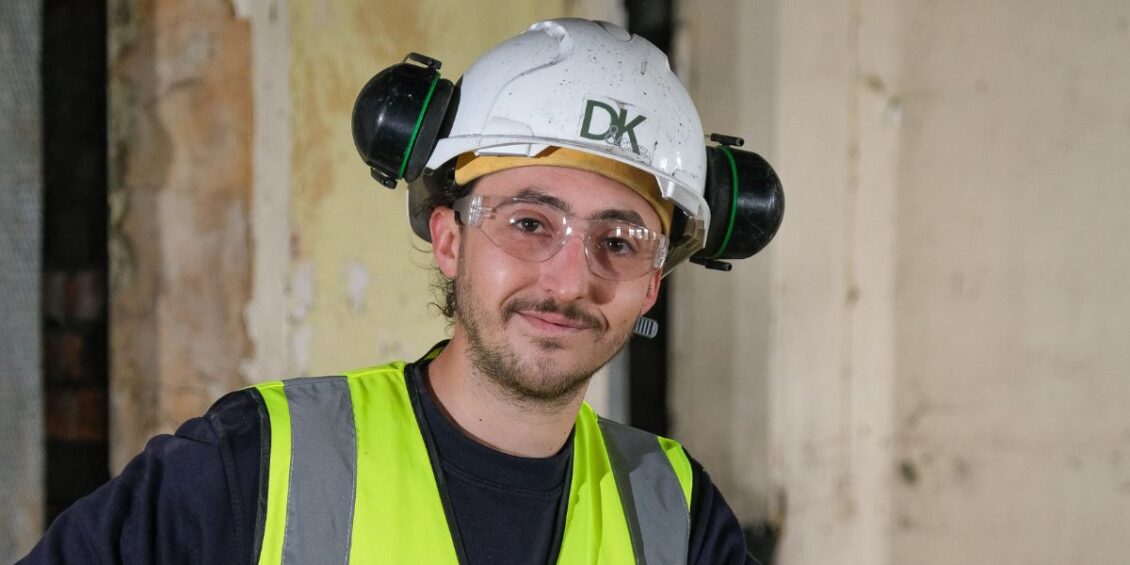Older workers most likely to be left parked on furlough during reopening

According to new Resolution Foundation (@ResFoundation) research, over one-in-four workers aged 55-64 who were fully furloughed during the recent lockdown remained so in May despite the reopening of the economy, and now face a higher risk of unemployment as the furlough scheme is phased out from today (Thursday).
The Foundation’s annual Living Standards Audit 2021 examines the impact of the now 16-month-long pandemic on household incomes, and what is happening to the millions of workers who have been furloughed or lost their jobs during the crisis.
The Audit notes that the recent reopening of the economy has led to a rapid return to work, and a welcome boost to living standards. Of those workers who were on any form of furlough back in February, close to four-in-five were back working in May, less than one-in-five remained on full furlough, and just three per cent were out of work.
But with the rapid fall in furlough rates driven by the reopening of sectors like hospitality and leisure, which disproportionately employ younger workers, the age profile of the over 1.5 million employees still on furlough is changing.
The report shows that of employees that were furloughed back in February, over a quarter (26 per cent) of those aged 55-64 were still on full furlough in May, compared to just 6 per cent of those aged 35-44, and 16 per cent of those aged 18-34. As a result, around half of workers on furlough in May were aged 45 and over, up from 38 per cent during the first lockdown.
This pattern of younger workers more swiftly returning from furlough has resulted in older workers on full furlough bearing the highest risk of having been out of work for long time periods.
Over 600,000 workers aged 45-64 have now been unemployed or on full furlough for at least six months. That includes over two-in-three (69 per cent) currently unemployed or fully furloughed older workers aged 55-64, compared to fewer than two-in-five (38 per cent) younger workers.
The Foundation says this means that while younger workers have been hardest hit by the crisis so far, older workers parked on furlough are at a higher risk of unemployment as the scheme is phased out.
Looking at the crisis as a whole, the research shows that the Government’s unprecedented income support schemes have largely protected family incomes, with its analysis suggesting that typical working-age household incomes actually grew slightly between 2020 and 2021 by 1.5 per cent.
However, the Covid-19 crisis is still set to leave a highly unequal legacy on family finances because it has caused additional spending pressures for some, while others have experienced ‘enforced saving’ through the restrictions on spending on hospitality, leisure and foreign travel.
The report shows that the richest fifth of families are nearly four times as likely to have seen their savings rise rather than fall over the course of the crisis.
In contrast, the poorest fifth of families are three times as likely to have seen their savings fall rather than rise during the crisis (32 vs 10 per cent), while lower-income families are also more likely to have seen their debts rise.
The Foundation says the unequal legacy of the crisis on family finances and the risk of rising unemployment this Autumn should offer the Government pause for thought as it prepares to start unwinding Covid income support schemes.
First, job support schemes should address unemployment among both young workers – who have accounted for over two-thirds of the fall in payrolled employment since the start of the crisis – and older workers – who are most likely to have been left parked on furlough – when the furlough scheme ends.
And with low-income families facing the toughest spending pressures during the crisis, the Government should avoid doubling down on this financial squeeze by reversing its decision to cut Universal Credit by £20 a week this October.
Karl Handscomb, Senior Economist at the Resolution Foundation, said:
“Reopening the economy has led to a surge in people returning back to work from furlough, particularly young people in sectors like hospitality and leisure.
“But not everyone is back working. Over one in four older workers who were furloughed during the recent lockdown have remained parked on furlough during the reopening, and now face a higher risk of unemployment as the scheme starts to be unwound.
“It’s crucial that the Government does it all can to prevent rising unemployment among workers of all ages this Autumn when the furlough scheme ends. And with the pandemic also causing many low-income families to run down their savings and rack up more debts, it would be hugely costly to add to these pressures by cutting Universal Credit by £20 a week this Autumn.”
From today, firms will have to pay 10 per cent of furloughed employees’ previous wages. The Coronavirus Job Retention scheme is due to end completely on 30 September.
Methodology: Some figures in this report are from YouGov plc. The survey wave had a total sample size of 8,030 adults aged 18+. Fieldwork was undertaken by YouGov from the 3rd – 8th June 2021. Results are weighted so as to be representative of the population of that age group. The figures presented from the online survey have been analysed independently by the Resolution Foundation. The views expressed here are not necessarily those of YouGov. The survey was supported by the Health Foundation, although the views expressed here are not necessarily those of the Health Foundation.












Responses